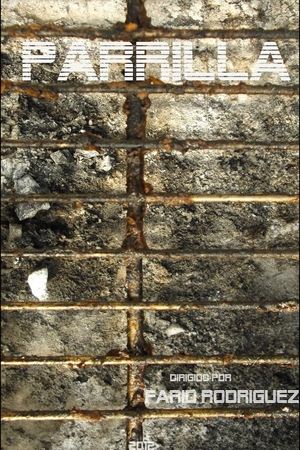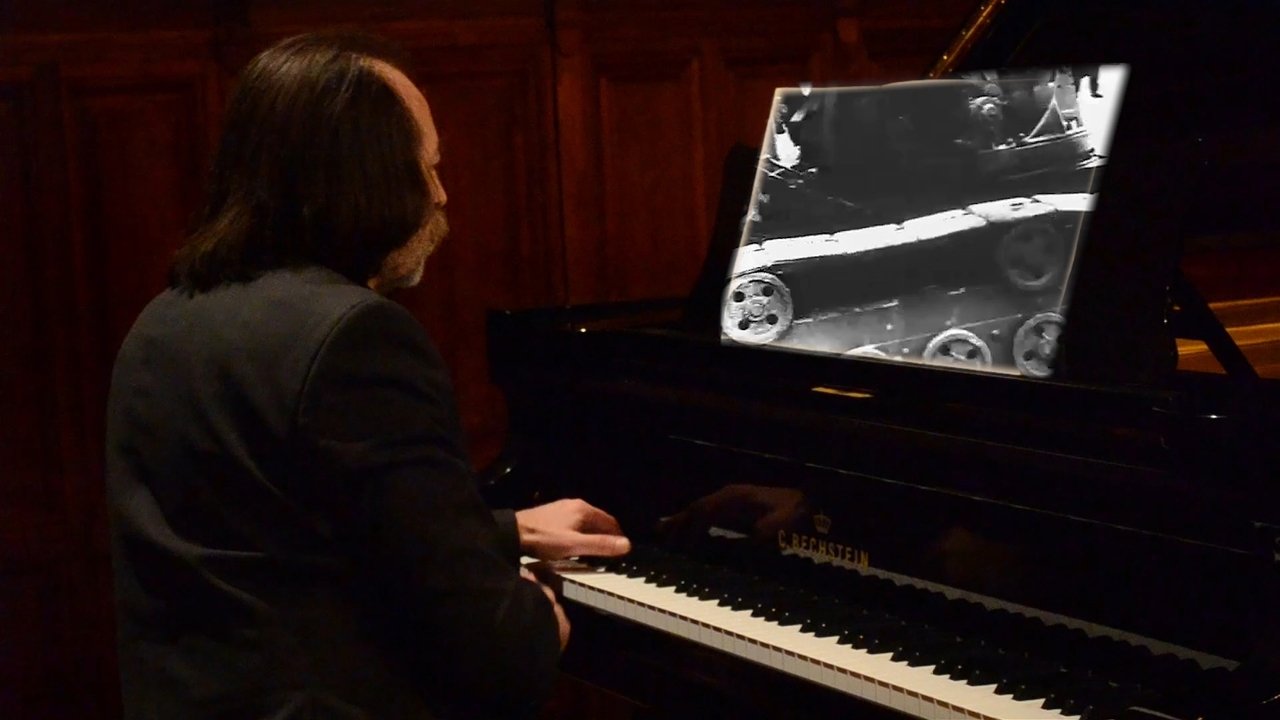
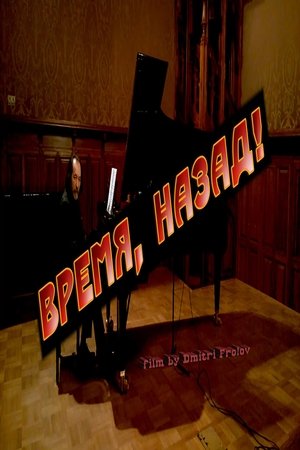
Time, Ago!(2017)
"Time, forward!" - two orchestral suites by George Sviridov, published for the first time in 1968 (first suite) and in 1977 (second suite). The suites were created on the basis of music for the film "Time, Forward!" By Mikhail Schweitzer (based on the novel of the same name by Valentin Kataev, shot in 1965, released in 1966), dedicated to the construction of the Magnitogorsk Metallurgical Combine. From the first suite, the most famous part is "Time, forward!". Subsequently, it was used in a number of films, in television and radio programs, documentary films about the first five-year plans, industrialization, and post-war reconstruction. Sergei Oskolkov composed his suite: "Time, back!" The film is dedicated to the 100th anniversary of the revolution in Russia.
Movie: Time, Ago!

Время, назад!
HomePage
Overview
"Time, forward!" - two orchestral suites by George Sviridov, published for the first time in 1968 (first suite) and in 1977 (second suite). The suites were created on the basis of music for the film "Time, Forward!" By Mikhail Schweitzer (based on the novel of the same name by Valentin Kataev, shot in 1965, released in 1966), dedicated to the construction of the Magnitogorsk Metallurgical Combine. From the first suite, the most famous part is "Time, forward!". Subsequently, it was used in a number of films, in television and radio programs, documentary films about the first five-year plans, industrialization, and post-war reconstruction. Sergei Oskolkov composed his suite: "Time, back!" The film is dedicated to the 100th anniversary of the revolution in Russia.
Release Date
2017-06-09
Average
7.3
Rating:
3.6 startsTagline
Genres
Languages:
Keywords
Recommendations Movies
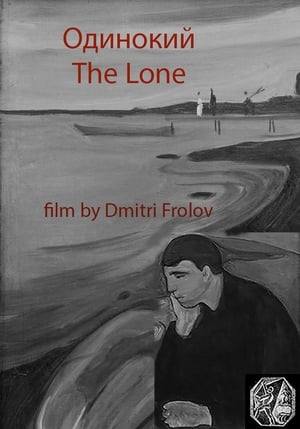 10.0
10.0The Lone(ru)
The loneliness of man before nature. Loneliness in the urban environment. Loneliness as a way of life. Alone in front of myself - The film is dedicated to the artists of "Silver age" or "Fin de Siecle". This dedication applies primarily to Kazimir Malevich, and Edvard Munch.
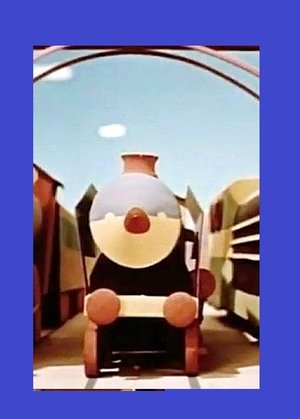 10.0
10.0The Choo-Choo Train(cs)
A puppet fairy tale about a disobedient train that did not just want to carry coal and drove to return to his work after a sad experience.
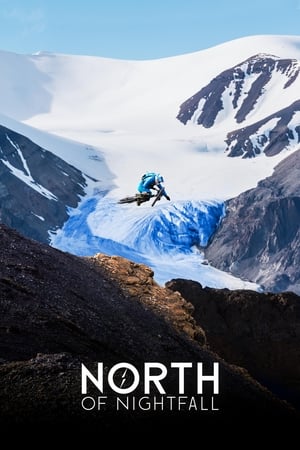 7.0
7.0North of Nightfall(en)
Hidden among the glaciers high in the Arctic Circle are mountain bike lines too incredible to ignore. Harsh temperatures, volatile weather and nine-month winters mean the area is normally devoid of human life. But each summer, this frozen landscape flourishes under endless daylight, revealing a spectacular ecosystem. Join Darren Berrecloth, Carson Storch, Cam Zink and Tom Van Steenbergen as they embark on an expedition to the top of the world to explore this relatively unknown land. In doing so, they discover a changing environment steeped in history along with challenging terrain unlike anything anyone’s ridden to date.
 5.0
5.0Poor Liz(ru)
Joe Sokoloff, a sergeant with the Canadian police, travels to the remote country to carry out his beloved grandmother's last wishes, but all his plans fail almost immediately on arriving in his historic homeland when he is robbed while traveling on the train. Ready to embrace his traveling experience, he misses his train and finds himself in a small village region. Viewed by the villagers as 'an eccentric in a white Stetson', he finds himself settling into an unfamiliar world of very strange people. Here the people really do drown newly-born puppies, eat the fish they catch in the river and even smack their children. But it only takes a few days before Joe begins to understand the villagers and, after accepting them into his heart, he falls in love with Liza, a beautiful local girl.
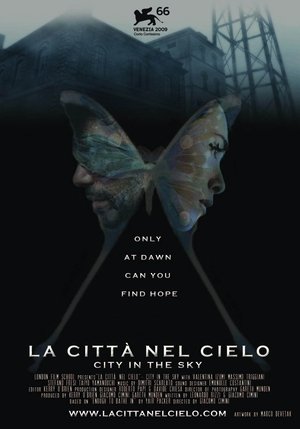 5.7
5.7City in the Sky(en)
Italy, at the end of the 21st century. Quinto, a gentle, naive man on his quest to find the fabled 'City in the Sky' arrives at a dilapidated family-owned hotel run by transsexual Dora and her drug addict son. Locked in one of the rooms is Ai, a malfunctioning android prostitute, waiting to be deactivated. By error at check-in, Quinto meets her.
 5.0
5.0Sasquatch Mountain(en)
A lonely tow-truck driver gets caught in a deadly struggle between a pair of bank robbers with a beautiful hostage, local cops, and a monster that has come down from the Arizona mountains to eat human flesh.
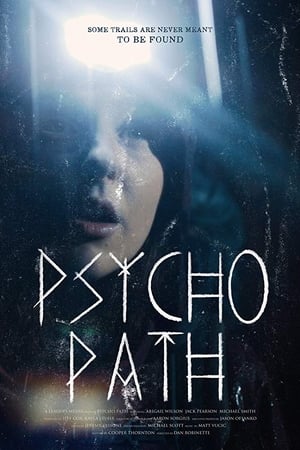 5.8
5.8Psycho Path(en)
Laurel Rhodes is a backpacking vlogger who specializes in hidden trails and hard-to-reach hikes. After taking a wrong turn on her latest expedition, she stumbles upon an eerie, deserted cabin with strange markings on the wall. Trapped in the dark and rain, Laurel reluctantly decides to spend the night, unaware that a madman is coming with murder on his mind.
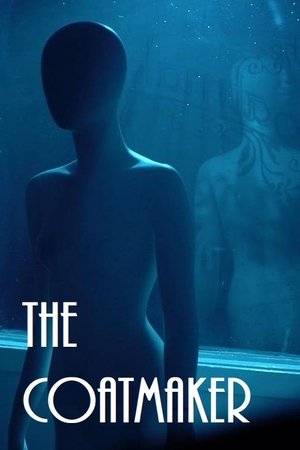 6.4
6.4The Coatmaker(en)
When a tailor closes up shop for the night, he quickly discovers that he is not alone.
H C London Presents Business English Weekends(en)
H C London Presents Business English Weekends is a story about teacher and student
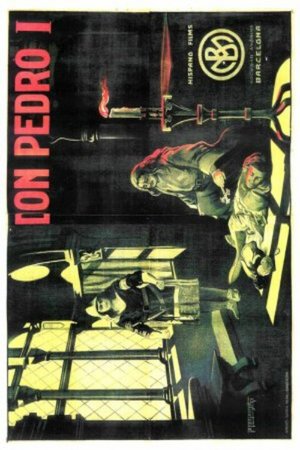 2.7
2.7Don Pedro the Cruel(es)
The bastard brothers Fadrique, Enrique and Tello de Trastámara conspire against King Pedro I, who orders Fadrique to be assassinated and who, in turn, dies at the hands of Enrique in the presence of Bertrán Duglesclín.
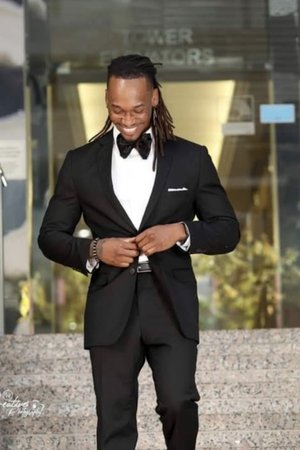 10.0
10.0Ambatukum - The Rise & Fall of Dreamybull(en)
A documentary dissecting the life of times of Perell "Dreamybullxx" Brown, a struggling saxophonist, entrepreneur who wound up creating homoerotic content to mass controversy, damage and infamy.
Mono Lake(en)
Mono Lake is a document of a unique natural environment, a "home movie" of the artists' 1968 road trip, and an intimate view of three seminal figures in the earth art movement as they interact with the Western landscapes that are so central to their work.
Similar Movies
Theodore of the Absurd(en)
A surreal musical comedy set in a world where the avant-garde and the mainstream are reversed.
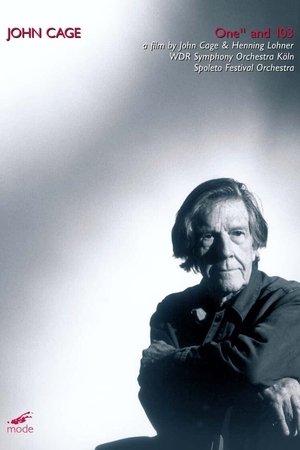 0.0
0.0One 11 and 103(en)
Avant-garde composer John Cage is famous for his experimental pieces and "chance music" but temporarily branched into video in 1992 with this art film about meaningless activity. The work is composed of two segments that are supposed to be played simultaneously: "One 11" contains the artistic statement, and "103" is a 17-part orchestral piece. Also included is a revealing documentary about Cage and director Henning Lohner.
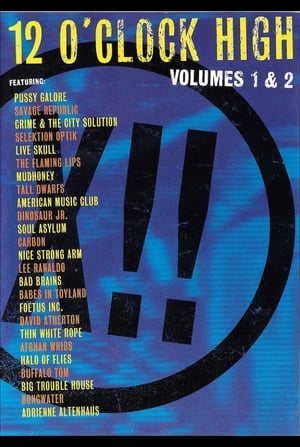 0.0
0.012 O'Clock High: Volumes 1 & 2(en)
Ground breaking music videos from some of the most influential bands of the 90s Punk/Grunge scene such as the Flaming Lips, Mudhoney, Bad Brains, Afghan Whigs, Foetus Inc, Soul Asylum, American Music Club, Babes in Toyland, Dinosaur Jr and more.
 0.0
0.0Sasha Grey(en)
“For my film portrait of Sasha Grey, I wanted to focus on her expressive and psychological transformation into a cinematic actor, separate from the cues that have associated Sasha with her previous career as a performance artist working within the adult film world.” – Richard Phillips
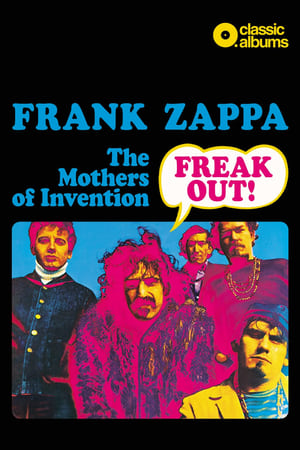 8.6
8.6Classic Albums: Frank Zappa & The Mothers Of Invention - Freak Out!(en)
This programme tells the story behind the conception, recording and release of this groundbreaking album. By use of interviews, musical demonstration, performance, archive footage and returning to the multi tracks with Ahmet Zappa and Joe Travers we discover how Frank Zappa and The Mothers of Invention created the album with the help of legendary African- American producer Tom Wilson.
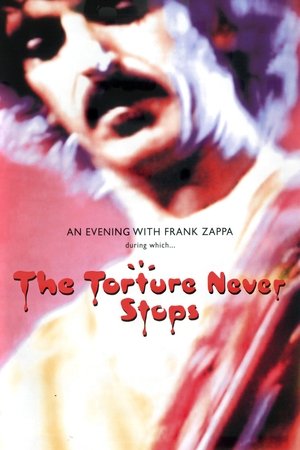 5.8
5.8Frank Zappa: The Torture Never Stops(en)
Halloween, New York City, 1981 Live at The Palladium with Ray White, Steve Vai, Bobby Martin, Tommy Mars, Ed Mann, Scott Thunes, Chad Wackerman
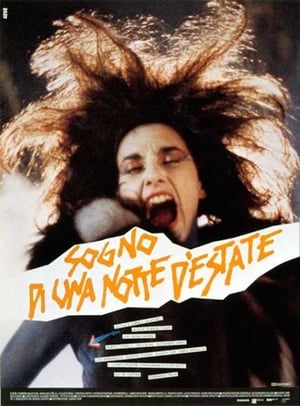 7.2
7.2Dream of a Summer Night(it)
Rock musical adaptation of William Shakespeare's "A Midsummer Night's Dream".
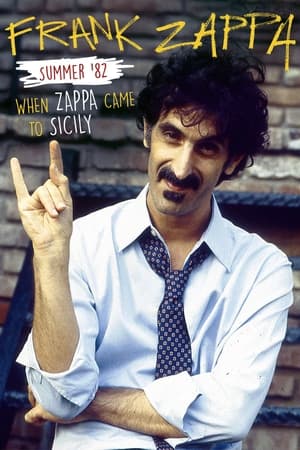 7.8
7.8Frank Zappa - Summer '82: When Zappa Came to Sicily(en)
In the feature documentary, Summer 82 - When Zappa Came to Sicily, filmmaker and Zappa fan Salvo Cuccia tells the behind-the-scenes story of Frank Zappa's star-crossed concert in Palermo, Sicily, the wrap-up to a European tour that ended in public disturbances and police intervention. Cuccia had a ticket to the concert but never made it. Thirty years later, collaborating with Zappa's family, he re-creates the events through a combination of rare concert and backstage footage; photographs; anecdotes from family, band members, and concertgoers; and insights from Zappa biographer and friend Massimo Bassoli. The story is also a personal one, as Cuccia interweaves the story of Zappa's trip to Sicily with his own memories from that summer.
 7.3
7.3Time Piece(en)
Dislocation in time, time signatures, time as a philosophical concept, and slavery to time are some of the themes touched upon in this 9-minute experimental film, which was written, directed, and produced by Jim Henson. Screened for the first time at the Museum of Modern Art in May of 1965, "Time Piece" enjoyed an eighteen-month run at one Manhattan movie theater and was nominated for an Academy Award for Outstanding Short Subject.
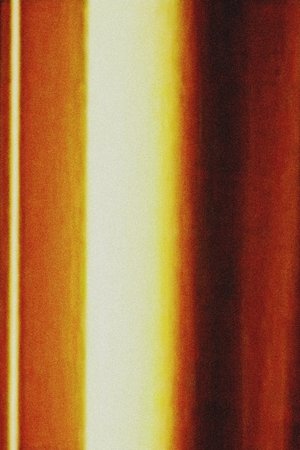 0.0
0.0Metaphysics of Sound(xx)
Adopting mainly hand contact printing with photographic enlarger, «Metaphysics of sound» started from September of 2006 and completed in July of 2007. With a 35mm soundtrack image, I made a hand-drawn soundtrack on the 16mm film strip. The sounds were made either by directly contact printing the 35mm sound tracks or collaging the scratch images. According to pattern of sound on the 20% blank of 16mm film strip (normally used as space for optical recording), I edited whole image and made structure of film. Hence the margin is a where image is sound, and vice versa. Later, I studied the sound patterns which varied according to the kinds of images used or the concentration of the image, and made various attempts at rearranging the structure of the sound with the image.
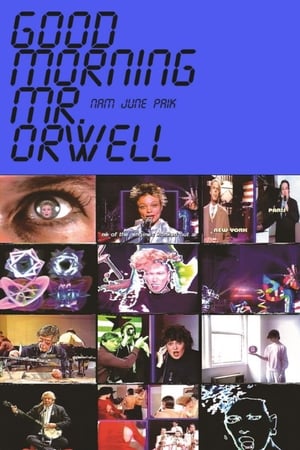 8.1
8.1Good Morning, Mr. Orwell(en)
In his book "1984", George Orwell saw the television of the future as a control instrument in the hands of Big Brother. Right at the start of the much-anticipated Orwellian year, Paik and Co. were keen to demonstrate satellite TV's ability to serve positive ends-- Namely, the intercontinental exchange of culture, combining both highbrow and entertainment elements. A live broadcast shared between WNET TV in New York and the Centre Pompidou in Paris, linked up with broadcasters in Germany and South Korea, reached a worldwide audience of over 10 or even 25 million (including the later repeat transmissions).
 0.0
0.0Irish Catholic(en)
Meet Shavon O'Brien: Her family doesn't understand her, her church ignores her, even Jesus forgets about her. With only the spirit of Sinead O'Connor to guide her, Shavon battles institutional child abuse, narcissistic group think, a talking stomach and a singing poop bucket! Shavon goes from Catholic to Crusty Punk in this very, very, very, dark musical comedy!
 6.5
6.5Classic Albums: Frank Zappa - Apostrophe (') Over-Nite Sensation(en)
This episode focuses on Zappa's early 70s albums, Overnight Sensation (1973) and Apostrophy (') (1974). Together they encapsulate Zappa's extraordinary musical diversity and were also the 2 most commercially successful albums that he released in his prolific career. Included are interviews, musical demonstrations, rare archive & home movie footage, plus live performances to tell the story behind the conception and recording of these groundbreaking albums. Extras include additional interviews and demonstrations not included in the broadcast version, 2 full performances from the Roxy in 1973 and Saturday Night Live in 1976, and new full live performance done specially for these Classic Albums.
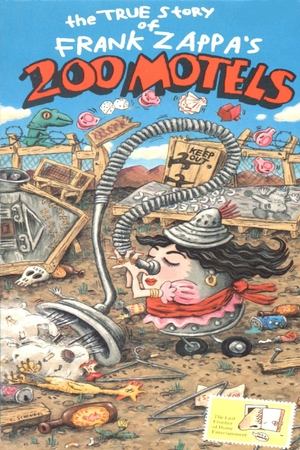 7.5
7.5The True Story of Frank Zappa's 200 Motels(en)
A one-hour documentary on the making of Frank Zappa's bizarre 1971 comic musical. Vintage private footage from Frank's personal archives plus behind-the-scenes of the actual shooting and recording. With Ringo Starr, Theodore Bikel, Keith Moon and such songs as "Sleeping in a Jar," and "Strictly Genteel." The inside history of the first feature-length film to be shot on video in 6 days.
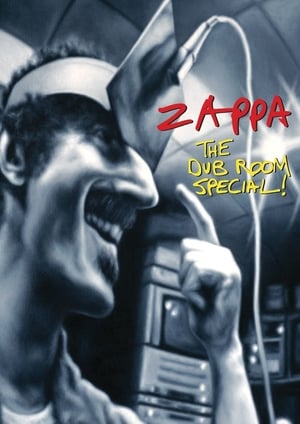 5.9
5.9Frank Zappa: The Dub Room Special!(en)
Produced by Frank Zappa in 1982, The Dub Room Special combines footage from a performance at the KCET studios in Los Angeles on August 27, 1974, a concert performed at The Palladium, NYC on October 31, 1981, some clay animation by Bruce Bickford, and several interviews. Previously only available through mail-order, it was made widely available on DVD on October 17, 2005.
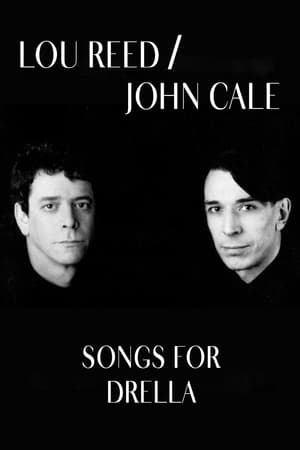 6.8
6.8Lou Reed and John Cale: Songs for Drella(en)
Songs for Drella is a concept album by Lou Reed and John Cale, both formerly of The Velvet Underground, and is dedicated to the memory of Andy Warhol, their mentor, who had died unexpectedly in 1987. Drella was a nickname for Warhol coined by Warhol Superstar Ondine, a contraction of Dracula and Cinderella, used by Warhol's crowd. The song cycle focuses on Warhol's interpersonal relations and experiences, with songs falling roughly into three categories: Warhol's first-person perspective (which makes up the vast majority of the album), third-person narratives chronicling events and affairs, and first-person commentaries on Warhol by Reed and Cale themselves. The songs on the album are, to some extent, in chronological order.
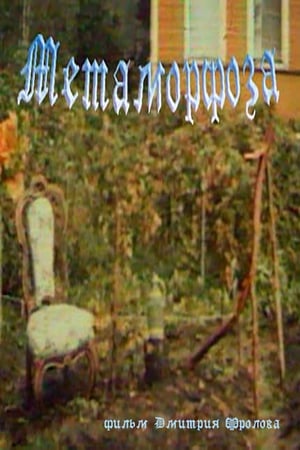 5.6
5.6Metamorphosis(ru)
A film-parable about the eternal movement of mankind from the Stone Age to self-destruction.
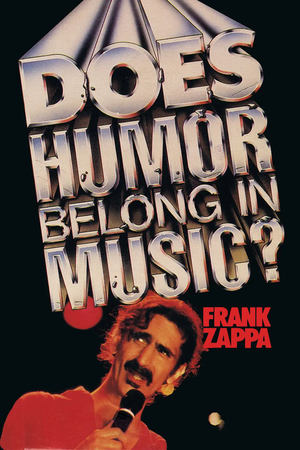 7.7
7.7Frank Zappa: Does Humor Belong in Music?(en)
Frank Zappa and his band in a digitally recorded live performance at "The Pier" in New York, NY on August 26, 1984.
 0.0
0.0A Bold Voyage(en)
A tragic story of a musician taking a bold voyage in the pursuit of creation, ambition, and need. Letting life choose for him, as part of the art itself and coming to terms with his decisions.
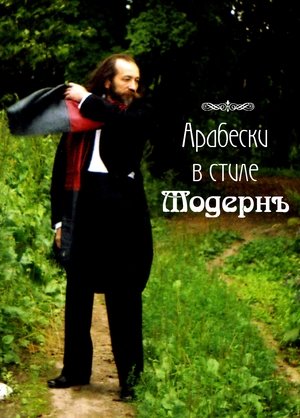 7.3
7.3The Birth of Music(ru)
The film is an allegory in which the attempt is made to show the inner process of movement of the composer's soul at the time of the birth of music.


